8.5% growth by 2025 is difficult but not impossible
At the Government's online conference with localities on economic growth scenarios on July 16, Prime Minister Pham Minh Chinh said that the Central Government, the National Assembly, and the Government previously determined that this year's GDP must increase by 8% or more.
According to the Prime Minister , the Government has given specific figures that the country needs to achieve economic growth of about 8.3-8.5% this year, creating momentum to reach double digits in the 2026-2030 period. The Government will have a new resolution on assigning targets and managing growth scenarios.
Finance Minister Nguyen Van Thang stated that in the past 6 months, GDP increased by 7.52%, the highest level in the same period from 2011 to 2025. Currently, the Ministry of Finance is developing 2 scenarios for the whole year. The Ministry of Finance has advised on developing 2 growth scenarios.
Scenario 1 determines that the growth rate for the whole year of 2025 will reach 8%. The GDP scale for the whole year will be about 508 billion USD, GDP per capita will be about 5,000 USD. Scenario 2 determines that the growth rate for the whole year of 2025 will reach 8.3-8.5%, the GDP scale for the whole year of 2025 will be about 510 billion USD, GDP per capita will be about 5,020 USD.

Prime Minister Pham Minh Chinh said the growth target of 8.3-8.5% in 2025 is very difficult, but not impossible (Photo: Doan Bac).
To achieve the high growth target of 8.3-8.5%, the Ministry of Finance believes that localities need to achieve a higher annual growth rate than the previous target, especially the leading localities, the growth drivers of the whole country such as Hanoi, Ho Chi Minh City at 8.5%, Quang Ninh 12.5% and Thai Nguyen 8%...
These levels are 0.4-1% higher than the targets at the beginning of the year. Similarly, corporations, general companies, and state-owned enterprises need to grow about 0.5% higher than the targets at the beginning of the year.
Regarding the 2026 growth scenario, the Minister said that the agency recommends continuing to review growth targets and targets for sectors, fields and localities, ensuring that they reach 10% or more.
The Prime Minister emphasized that this is a very difficult and challenging goal, but we cannot avoid it and this goal is not impossible. If we cannot achieve this goal this year, it will affect growth in the coming years and the two 100-year goals that have been set.
2 important pillars: Export and public investment
Sharing about the GDP growth target of 8.3-8.5% by the end of 2025, Associate Professor Nguyen Huu Huan - lecturer at Ho Chi Minh City University of Economics (UEH) - said that in the short term, the two most important pillars are still export and public investment.
According to Mr. Huan, exports will continue to be one of the two main drivers of economic growth from now until the end of the year. He assessed that the current context is generally quite favorable as major issues related to tariff barriers have been somewhat controlled, creating conditions for businesses to boost exports.
However, the tax rate that the US imposes on imported goods is still a notable challenge, not only for Vietnam but also for many exporting countries in the world. This is the average tax rate that the US is applying to partners with large export turnover to this market, including Vietnam and many Southeast Asian countries. "Basically, this tax rate does not give Vietnam a clear advantage over its competitors, but it does not put Vietnam at a clear disadvantage either. We are at the same level as other countries in the region," Mr. Huan commented.
He said that when import taxes are higher, the price of goods in the US will increase, which could affect the demand of American consumers for goods from Vietnam. However, this impact is considered not too large, and Vietnam still has the ability to boost exports in the coming time if it makes good use of its existing advantages and the trend of shifting global supply chains.
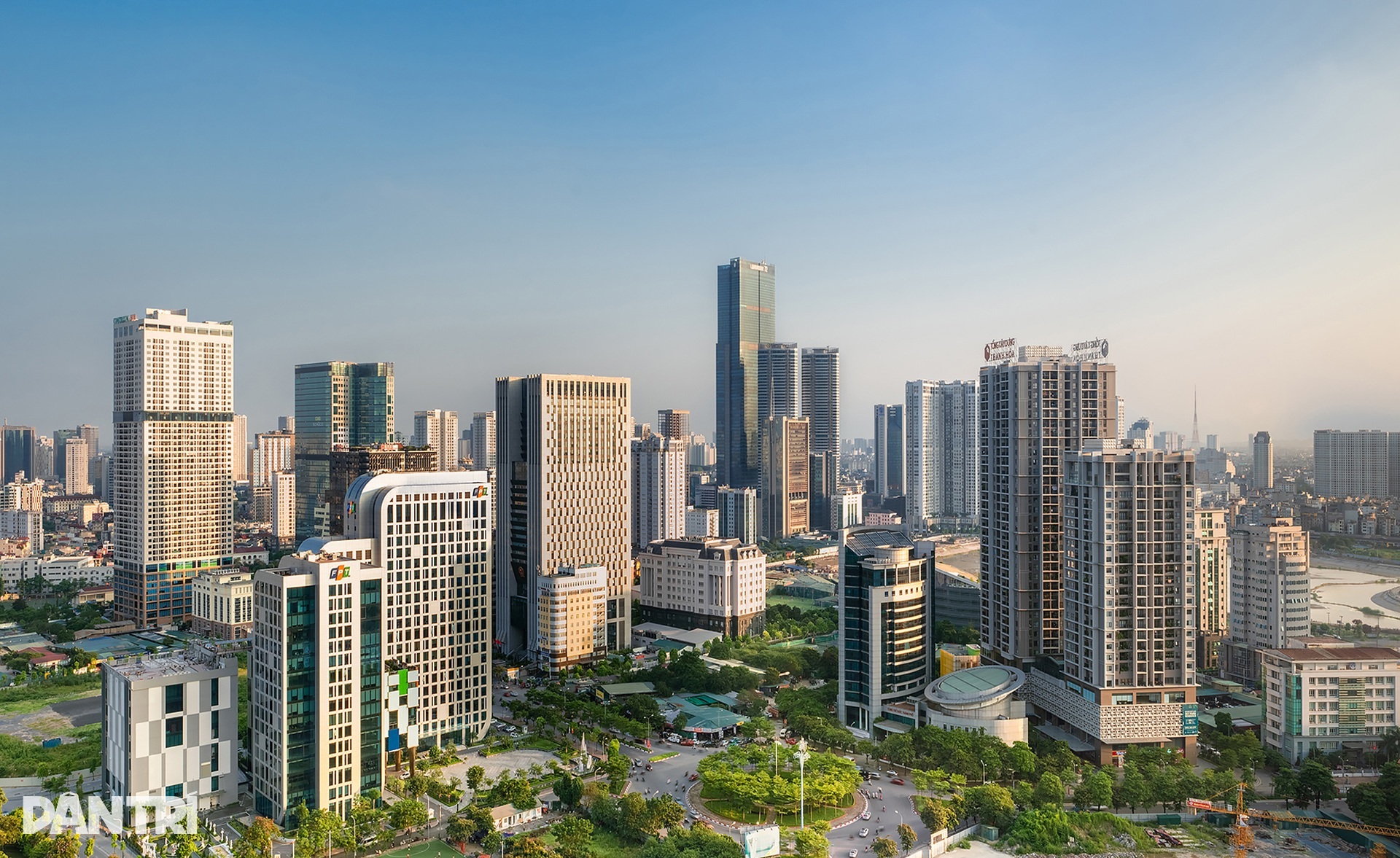
In the short term, the two most important pillars are still exports and public investment (Photo: Le Hoang Vu).
Regarding public investment, the target of 100% capital disbursement is very challenging, because up to now, no year has reached this level. However, if the disbursement progress can be improved, this will be a strong driving force for economic growth.
In addition to the two main pillars, he also expects domestic consumption to improve thanks to low interest rates, a recovering stock market and the return of foreign capital. In addition, restructuring the administrative and economic apparatus will help people feel more secure in spending. However, he believes that the recovery of consumption will be difficult to match that of exports and public investment.
Regarding the goal of both high growth and inflation control, the expert said this is a trade-off. Accordingly, in the current context, Vietnam is forced to prioritize economic growth, accepting some inflationary pressure.
He noted that since the beginning of the year, the VND has depreciated by about 3% against the USD, but compared to the euro or pound, the depreciation rate is up to 9-10%. This reflects the impact of the strengthening trend of the USD, and may affect macroeconomic stability as well as inflation expectations in the coming time, although inflation is currently under control.
Sharing the same view, Dr. Le Xuan Nghia said that to achieve the goal of sustainable growth this year, Vietnam needs to take strategic and drastic actions.
In the long term, the expert said that the growth momentum from foreign direct investment (FDI) is no longer certain, as this capital flow tends to shift quickly and depends heavily on geopolitical factors. "Therefore, Vietnam needs to proactively strengthen internal drivers, in which public investment and domestic private investment play a pivotal role," he said.
Mr. Nghia assessed that there is still a lot of room to promote growth in the second half of the year, especially from pillars such as public investment, credit, consumption and science and technology.
In particular, public investment continues to be the key driving force. Specifically, policies to promote disbursement of public investment capital are being vigorously implemented by the Government and ministries, sectors and localities, aiming to disburse 100% of allocated capital. In particular, key infrastructure projects such as highways, airports, urban belts, energy, etc. are expected to create more momentum for economic growth in the last months of the year and the next period.
Another area of potential is credit. The credit growth target of around 16% in 2025, with flexible adjustments according to actual developments, will make an important contribution to providing capital for the economy. This capital will support the promotion of production and business, stimulating investment and consumption in the whole society.
In addition, Mr. Nghia emphasized the strategic role of science and technology, innovation and digital transformation in creating new growth drivers. "The wave of technology application, especially artificial intelligence (AI), will help businesses optimize costs. Extensive application of technology not only helps improve productivity but also increases the competitiveness of Vietnamese enterprises in the international market," he said.
Vietnam's growth remains very positive
Associate Professor Dr. Tran Dinh Thien assessed that Vietnam's growth is still very positive, approaching 8%. He said that the growth trend is upward, despite the recent difficulties. However, those difficulties have pushed up growth because Vietnam took advantage of the time when negotiations had not yet been finalized to make efforts to boost exports.
He said that Vietnam is a growth star in the top 35 GDPs in the world in the context of a difficult world and a global growth slowdown. However, if placed in the overall global competition roadmap, Vietnam cannot surpass, still lags behind, and even lags further behind in many areas.
He also frankly pointed out a number of reasons that need to be looked at more seriously to make changes, helping the economy to overcome.
The first paradox is that Vietnam has signed many Free Trade Agreements (FTAs), but the Vietnamese private sector is not trained to take advantage of the opportunities that FTAs bring. Meanwhile, FDI enterprises see this opportunity and turn Vietnam into the world's brightest spot in attracting FDI. He believes that this is wasting the great historical opportunity that we ourselves have created.
Another paradox is the phenomenon of the “locomotive” running slower than the “train”. The Southeast region and Ho Chi Minh City have had decades of growth that is much higher than many other regions, considered the locomotive, but growth is slower. Investment in infrastructure, especially connectivity for this region is worse than in the Northern Delta.
Regarding the structure of export turnover, Vietnam's proportion is decreasing, while FDI is increasing, although the increase of FDI in terms of capital is not too explosive. Vietnam's main force in the international competitive market is the FDI sector, mainly in assembly and processing.
He also mentioned some other reasons such as maintaining the "ask for give" mechanism for too long, discrimination between types of enterprises, not restraining speculative trends, especially in the land market... Recently, the Government has frankly admitted that "the bottleneck of bottlenecks is the institution", thereby creating trust for the whole country.

Vietnam's growth remains very positive (Photo: Nam Anh).
To truly motivate the private sector, he said, there needs to be a fundamental change in thinking and policy logic. He stressed that state reform cannot be separated from the development of basic markets, especially land and financial markets. Without reform in these two markets, any reform efforts in the public sector will find it difficult to create a spillover effect.
According to Mr. Thien, new reform actions need to be in the direction of “unleashing” businesses, ensuring freedom of business and fair competition. Specifically, it is necessary to end discrimination, not criminalize economic relations, minimize unnecessary inspection and examination activities; avoid retroactive application that is disadvantageous to businesses; and at the same time, switch from a “pre-inspection” to a “post-inspection” mechanism, so that businesses can proactively decide and implement production and business activities.
He believes that if these barriers are removed, businesses will have more favorable conditions in accessing resources, thereby promoting the "renewal" of the business force, while supporting the formation and development of pioneering businesses that play a leading role in the economy.
Second, Vietnam needs to build a fair business environment and a true market. "What the private economy needs most is not to pump money into the form of preferential treatment, but to create a free business environment," he said.
Third, it is necessary to create something new and change the blood. Businesses operating on old platforms and old-style management need to change blood and capacity, and at the same time create a new force of businesses, especially digital businesses and technology businesses.
"Businesses' strategy and use of data to make plans and decisions are all supported by AI. If it spreads to all departments, businesses will make great strides," the expert said.
In addition, the growth engine of the economy also needs to be restructured, with a focus on developing high-quality human resources. In the new era, the strength of the workforce will depend on the ability to combine human intelligence and artificial intelligence. If Vietnam can take advantage of this, it can increase its national competitiveness many times over in the future.
Source: https://dantri.com.vn/kinh-doanh/chuyen-gia-tang-truong-gdp-85-la-thach-thuc-lon-song-khong-ngoai-tam-voi-20250717182918191.htm


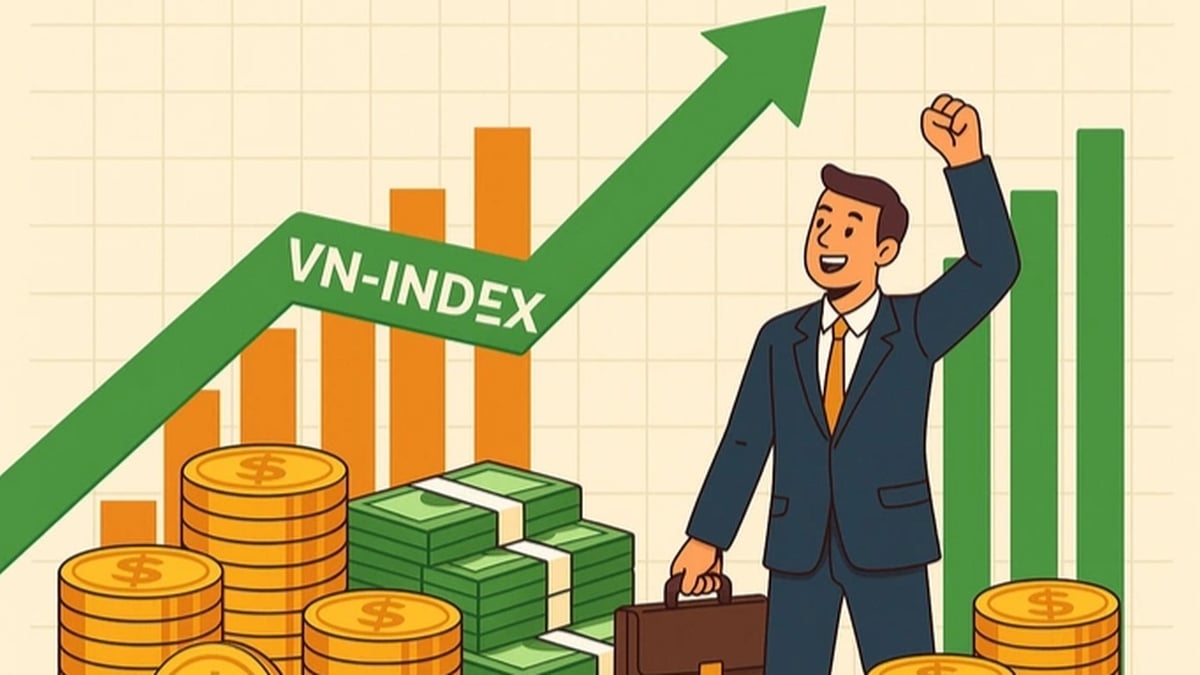
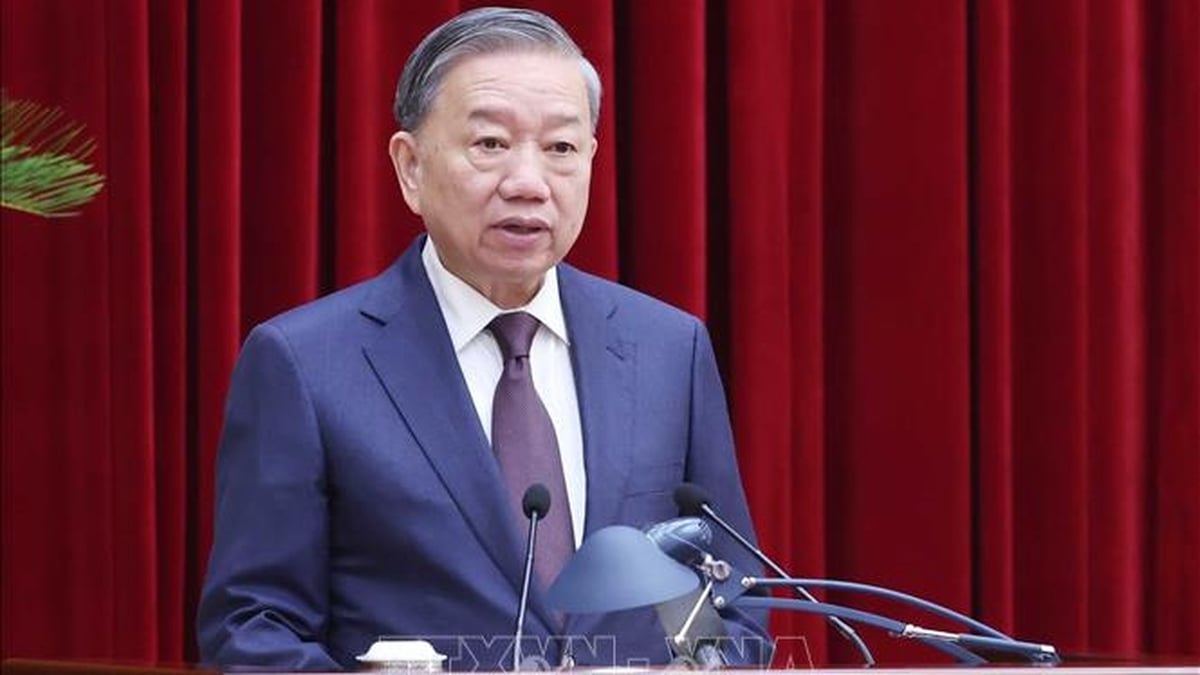


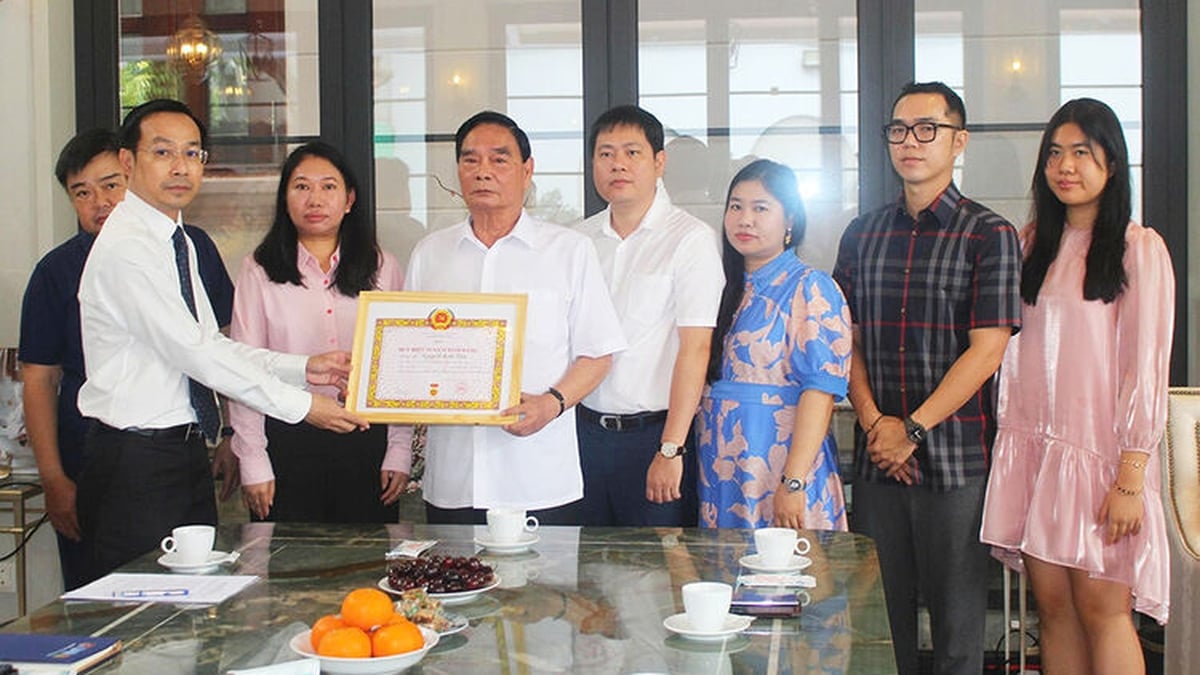












































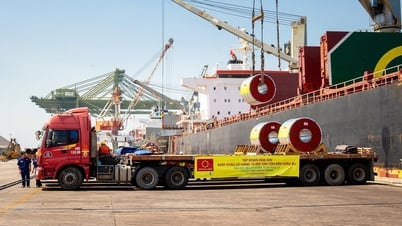






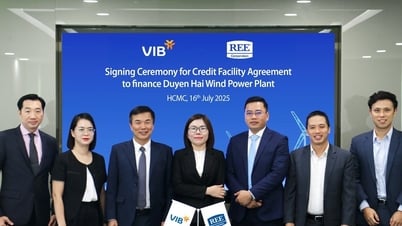




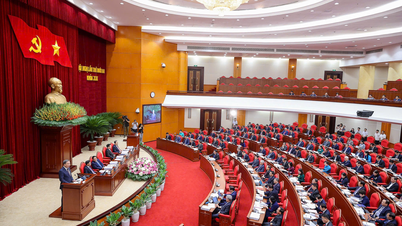











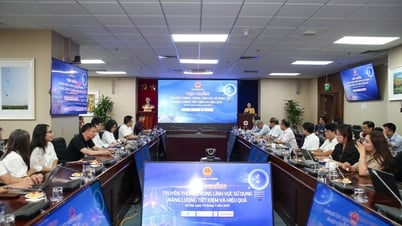











![[Infographic] In 2025, 47 products will achieve national OCOP](https://vphoto.vietnam.vn/thumb/402x226/vietnam/resource/IMAGE/2025/7/16/5d672398b0744db3ab920e05db8e5b7d)













Comment (0)